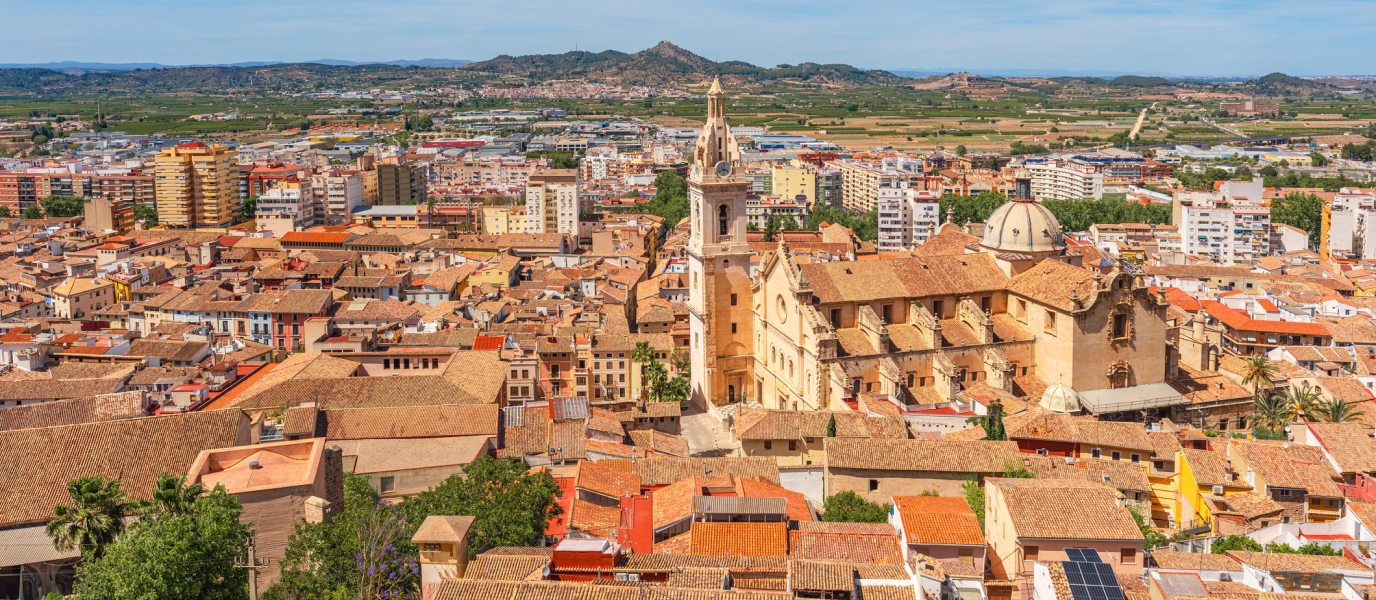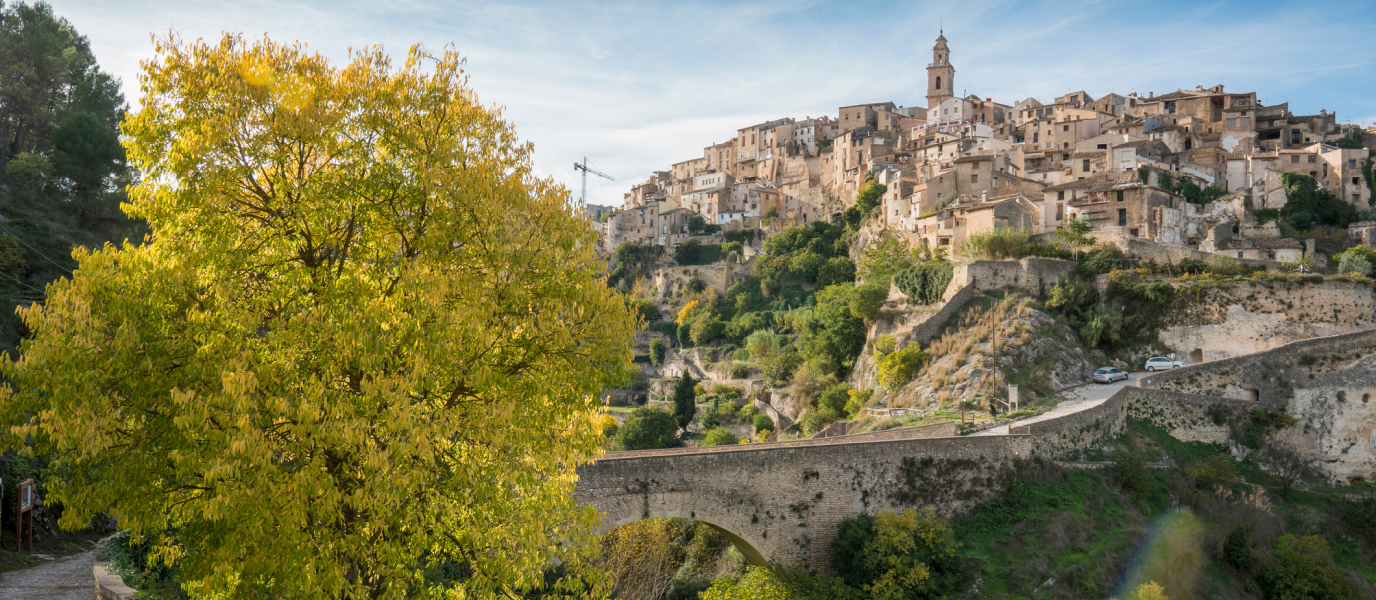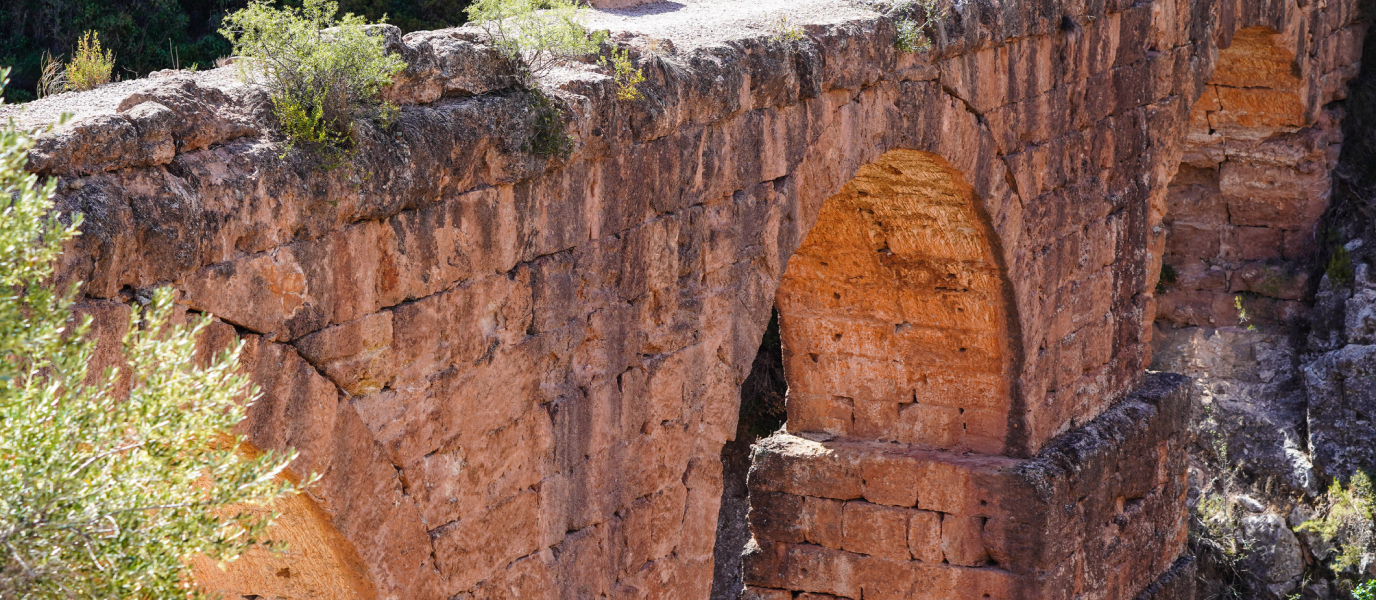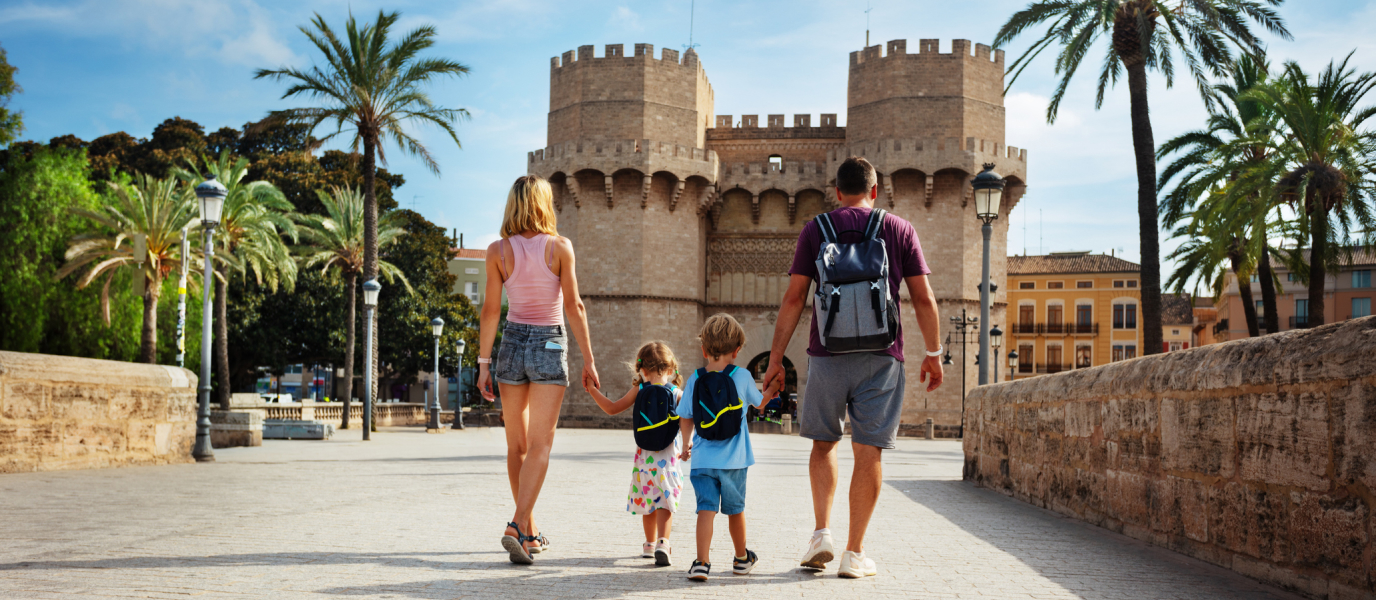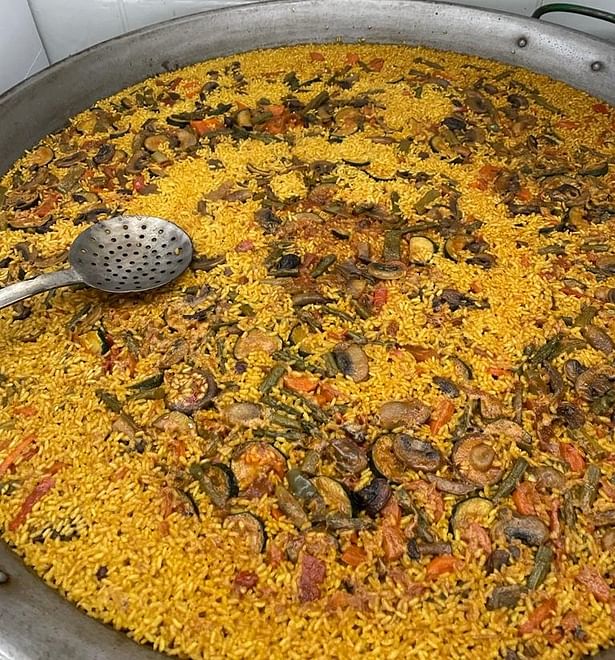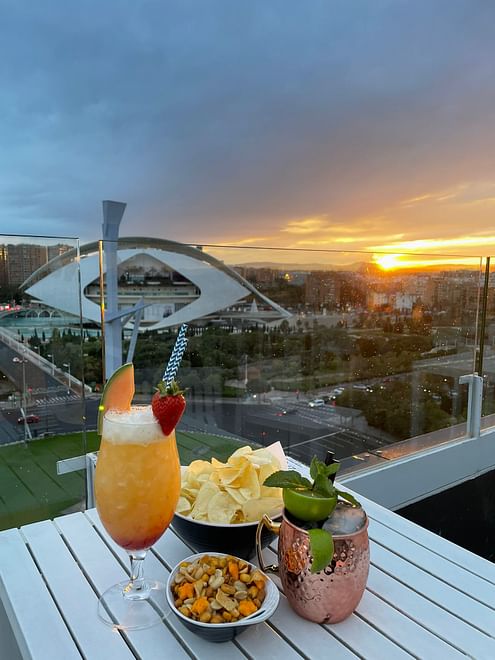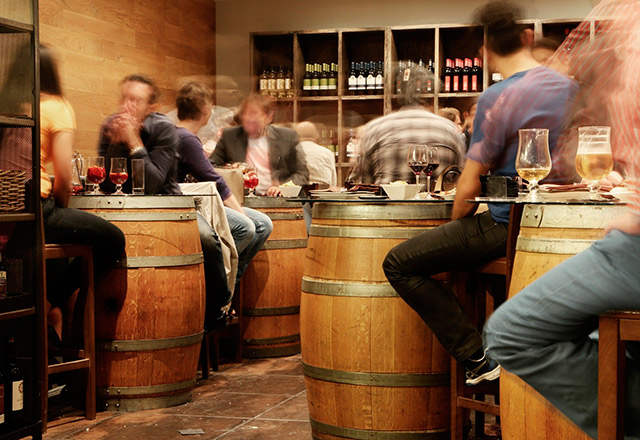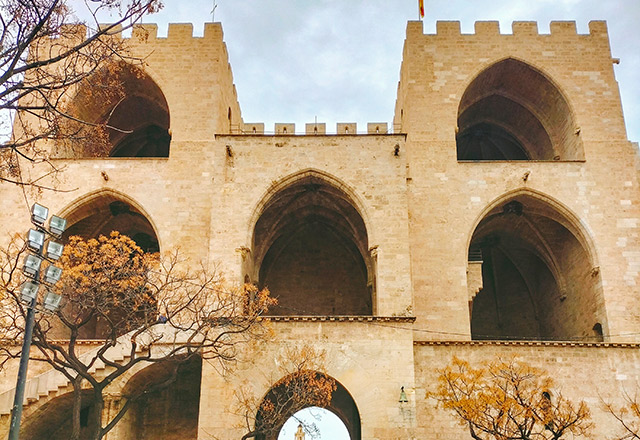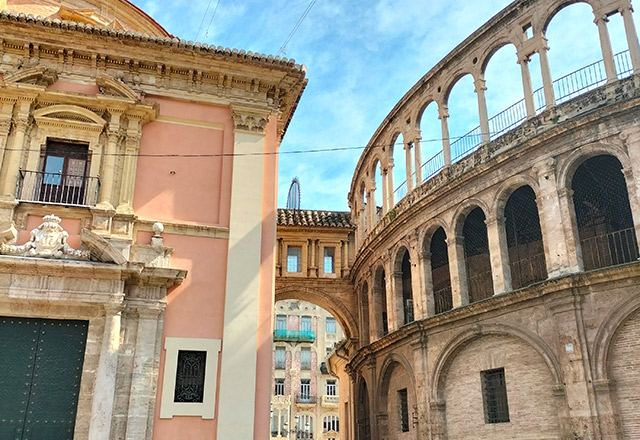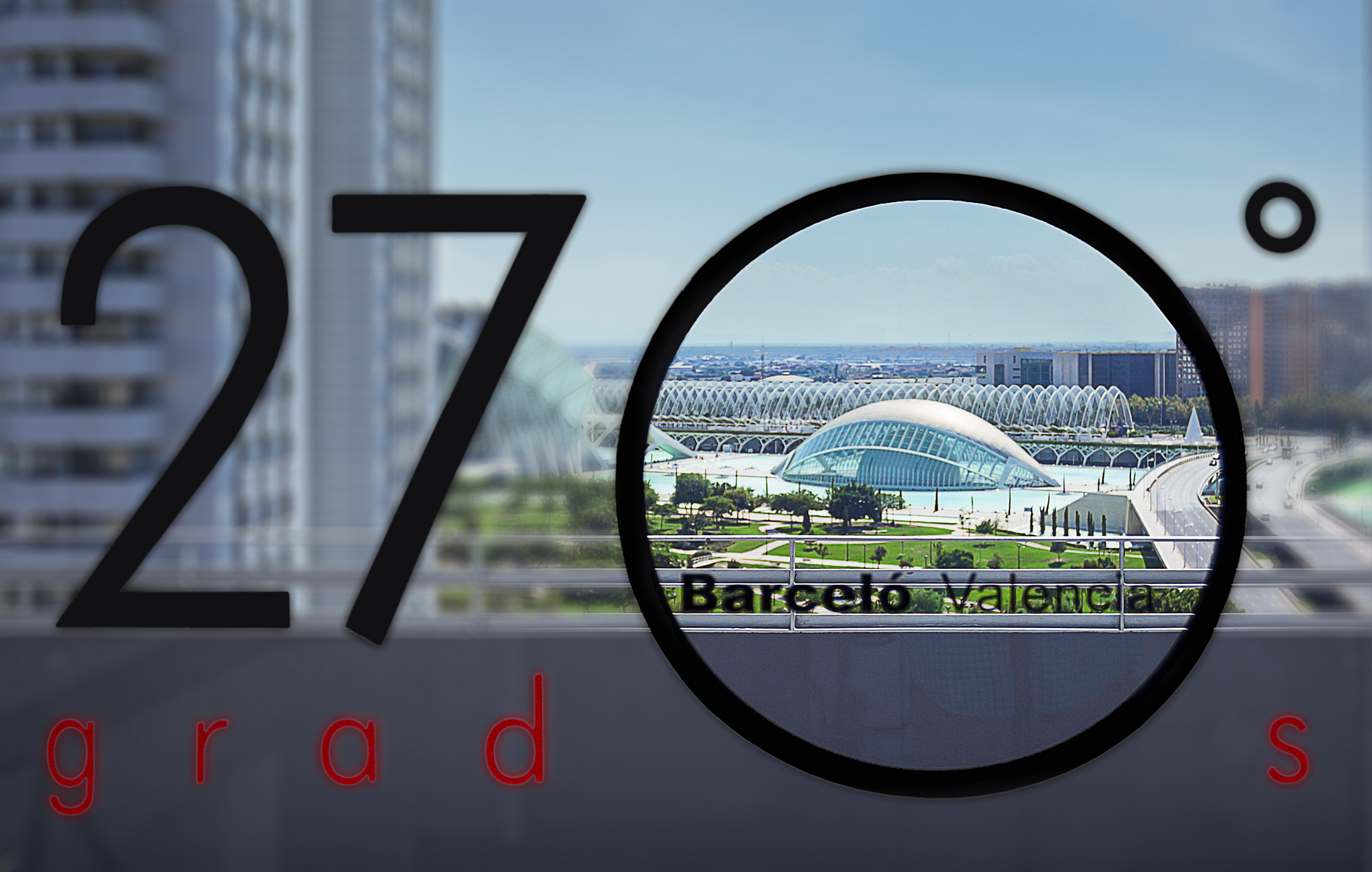A town dotted with palaces and fountains, Xàtiva has written important chapters in the history of Spain. Two of its famous sons were Borgia Popes: Callixtus III and Alexander VI.
Xàtiva, the home of the Popes of Rome
The Borgia family arrived in Xàtiva during the thirteenth century after the Christian Reconquest by King Jaume I. Several Aragonese families who had been involved in the conflict were rewarded with land by the King, and so came to settle in what was now a Christian area. The Borgia family, who came from the Aragonese town of the same name (Borja), was one of them. They were farmers who grew sugar cane. The legend tells how, on meeting the young Borgia, San Vicente Ferrer told him, “Child, you will be Pope”—and that he kept the youngster under his protection until the latter became Pope Callixtus III. His papacy lasted only three years.
His nephew had a longer and more controversial papacy under the name of Alexander VI. As a foreign Pope, he had to struggle against the most powerful families in Rome: the Sforza and the Farnesio dynasties. This Pope played a fundamental role in the development of Spanish history; it was he who issued the Bull which allowed the marriage of Isabella and Ferdinand, the Catholic Kings—and who, by the Bula de la Raya, determined how the New World territories were to be shared out. This document marked out a meridian, to the west of which all the lands already conquered and those still to be conquered, would belong to the monarchs of Castile and Aragon. As a reward, Ferdinand the Catholic granted the dukedom of Gandia to one of Alexander VI’s sons.
In Plaza Calixto III, in the atrium of the Col·legiata de Santa Maria church’s main façade, visitors can see the two bronze statues honouring the two Popes born in Xàtiva. In the church itself, in the Museo Colegial, there are several exhibits connected with the Borgia family—including the altarpiece of St Anna or of Pope Callixtus III, the chalice of Callixtus III, and the Great Corpus Christi Monstrance made with silver from the Potosí mines.
Opposite the Col·legiata de Santa Maria church stands the former Hospital for the Poor, noteworthy for the masks on its façade. This particular embellishment was chosen because plays and bullfights were staged in the square in order to raise funds.
A stroll around Xàtiva’s narrow streets will lead you to discover the palaces built by noble families who came to the town, as well as monasteries and churches. The castle is always in view in the distance, at the end of some side street. Carrer Montcada still has mansions, houses belonging to the local aristocracy, and several convents. Every self-respecting family had to have a house in this street.
Philip V upside down
One of Xàtiva’s iconic images is the painting of King Philip V upside down. It is to be found in the Museum of Fine Arts, Casa de l’Ensenyança. During the War of Succession, Xàtiva supported the claim of the Habsburg pretender to the throne. As the Bourbons entered Xàtiva, they razed it to the ground. Philip V expelled the survivors to Africa and then burnt the town. The town’s name was changed to Nueva Colonia de San Felipe, which it retained until the Cortes of Cádiz. A twentieth-century curator of the museum decided to turn the painting upside-down in protest at Philip V’s destruction of the town, and it has become a symbol of rebellion.
The museum also displays Gothic panels and canvases by José de Ribera ‘El Españoleto’ (‘the Little Spaniard”), a collection of Baroque paintings from the Prado Museum, and a series of prints—Los Caprichos [The Whims] and Los Disparates [The Follies]—by Goya, among other works.
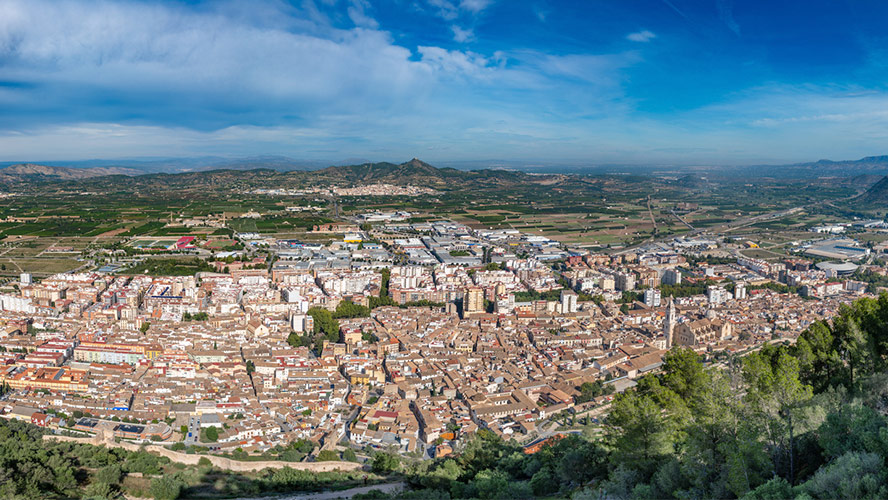
Xàtiva: the town of a thousand fountains
Xàtiva is known as the town of a thousand fountains, although the actual number is ‘only’ 750. The Fuente de la Trinidad is the oldest, dating from the fourteenth century. It is Gothic in style, and the upper reservoir bears the alternating coats of arms of Xàtiva and of the Kingdom of Valencia. The coats of arms were coloured, but the colour has now largely worn away with age. The number of spouts on each fountain indicated the amount of water it was permitted. This depended on the number of jets allocated to the fountain: the more important the fountain, the more jets it had. One of the most important fountains is the Fuente Real, which has twenty-five jets. This Neo-classical monument was erected between 1788 and 1804, and replaced the eleventh-century Islamic Fountain now housed in the town’s Archaeological Museum. The Fountains Tour is a self-contained tour that allows visitors to discover the town’s historic and artistic heritage. You can download an audio-guide or the map from the Xàtiva tourist website, so you can follow the route while you are there.
Xàtiva’s fountains can be divided into three categories:
- Royal fountains, found in the centres of the public squares, are the most highly decorated. These have a base, a shaft and an upper reservoir from which the water flows.
- Neighbourhood fountains are for public use, and are maintained by the residents themselves. They are easily recognised, as they are attached to houses.
- Private fountains are to be found in the courtyards of houses, and were for private use. They were a luxury reserved for the wealthiest.
Xàtiva Castle
The illuminated castle is an amazing sight, and is visible from almost any point in Xàtiva. But if you want to visit it, you should go during the daytime and wear comfortable shoes. There is also a tourist train that will take you up to the castle entrance.
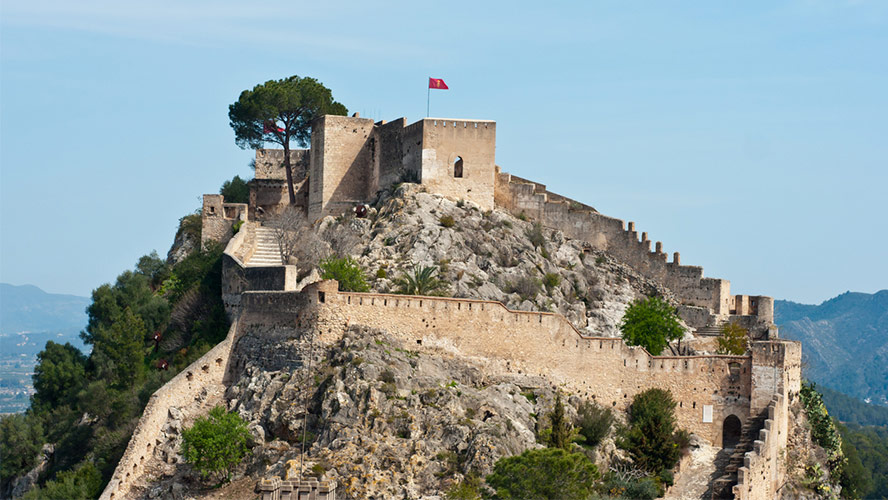
The construction is an impregnable defensive fortress, and actually consists of two castles. Its origins are Iberian and Roman, although the largest part of what is still standing is Islamic or Gothic. During the fourteenth century, it was used as a prison for the nobility; in fact, Diego de Borja was imprisoned here for one night, before being executed the very next day. As you climb from the ticket office up to the top, you will pass towers, cannons, water cisterns and, of course, fountains. At the halfway point, there is even a picnic area where you can have something to eat and recharge your batteries. It is worth continuing right up to the top (to the remains of the dungeons in the tower) for the spectacular views of the town and the castle complex.
Xàtiva baked rice
Xàtiva’s cuisine is substantial, possibly because it is needed to recover one’s strength after the climb up to the castle. Xàtiva’s typical rice dish is made in a clay pot in the oven, and contains black pudding, chorizo, tomato, chops and chickpeas. Just what you need after a hard morning’s hike.




































































